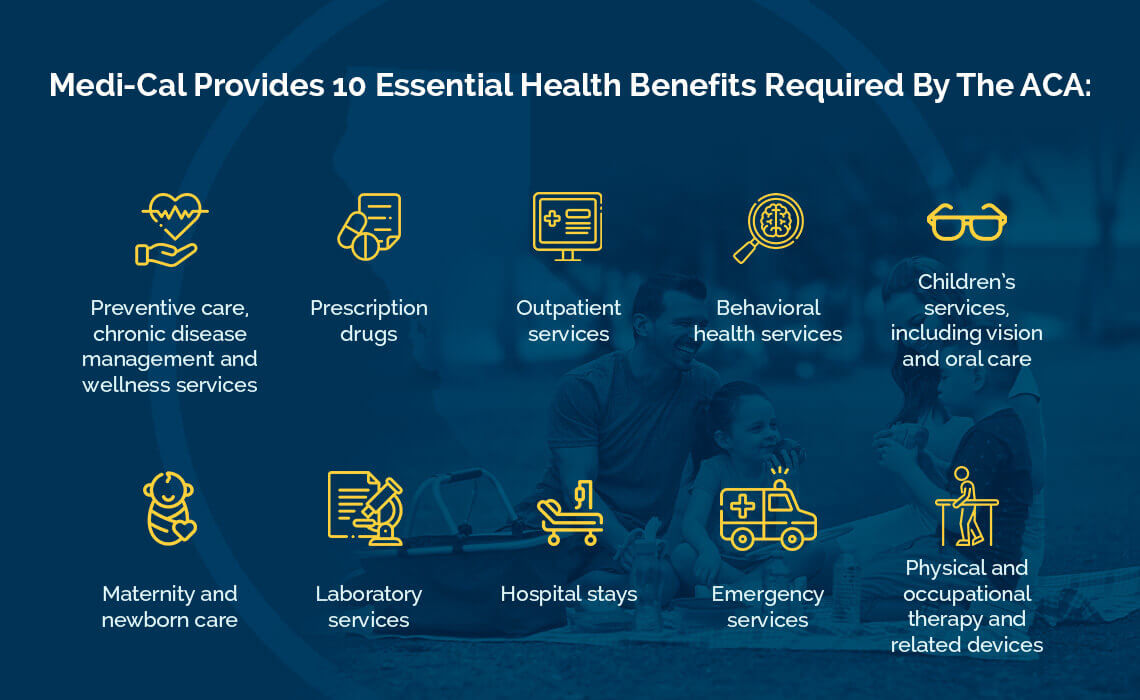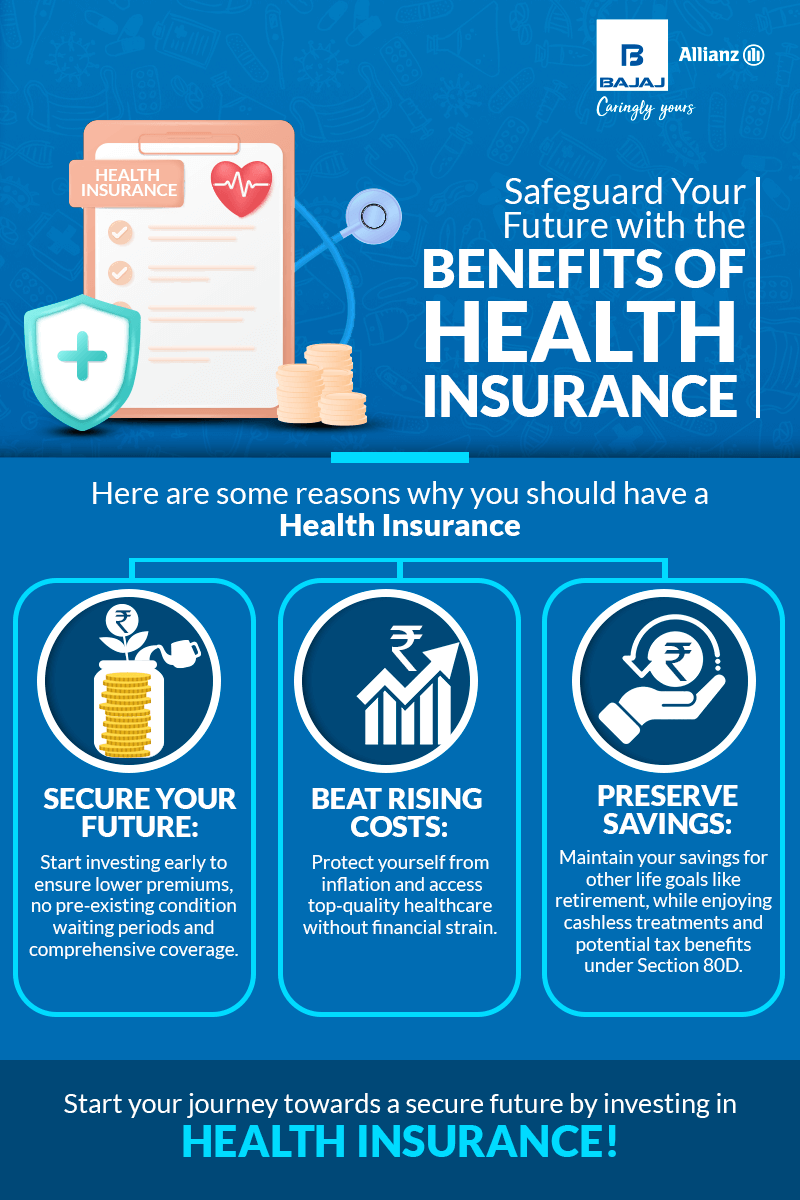The Main Principles Of Medicare Advantage Agent
Table of ContentsUnknown Facts About Medicare Advantage Agent7 Simple Techniques For Medicare Advantage AgentThe Best Strategy To Use For Medicare Advantage Agent


follows from complies with the relatively young fairly profile of account uninsured with the better healthFar better wellness average, of younger persons. For those without accessibility to workplace wellness insurance, bad health and wellness is a possible obstacle to purchasing nongroup coverage because such protection might be very valued, leave out pre-existing conditions, or be simply inaccessible. Unless or else noted, nationwide estimates of individuals without health and wellness insurance policy and percentages of the population with different kinds of insurance coverage are based on the CPS, the most extensively used source of quotes of insurance policy protection and uninsurance rates.

Not known Facts About Medicare Advantage Agent
Over a three-year duration beginning early in 1993, 72 million people, 29 percent of the U.S. populace, lacked protection for a minimum of one month. Within a solitary year(1994), 53 million people experienced at the very least a month without insurance coverage(Bennefield, 1998a). 6 out of every 10 uninsured grownups are themselves used. Functioning does enhance the probability that one and one's household participants will certainly have insurance coverage, it is not an assurance. Even participants of family members with 2 permanent breadwinner have almost a one-in-ten possibility of being uninsured (9.1 percent without insurance price)(Hoffman and Pohl, 2000 ). The partnership in between wellness insurance policy and access to care is well developed, as recorded later on in this phase. The partnership between health insurance policy and wellness outcomes is neither direct nor easy, a substantial clinical and health and wellness services study literary works links health and wellness insurance protection
to improved better accessibility care, better much better, and improved boosted individual population health health and wellnessStanding As an example, the 2nd report, on individual health and wellness outcomes for without insurance adults, is stood for by the inner circle of the figure, while the third record, on household well-being, incorporates the subjects of the second report but emphasizes a different unit of analysis, particularly, the family members. The sixth record in the collection will present details about techniques and campaigns undertaken locally, statewide, or country wide to deal with the absence of insurance coverage and its unfavorable influences. Levels of evaluation for analyzing the results of uninsurance. This conversation of medical insurance protection focuses largely on the U.S. population under age 65 due to the fact that basically all Americans 65 and older have Medicare or other public protection.
It focuses especially on those without any health insurance policy for any size of time. The problems dealt with by the underinsured are in some areas comparable to those faced by the uninsured, although they are typically much less severe. Uninsurance and underinsurance, however, entail distinctly different policy concerns, and the methods for resolving them may differ. Throughout this study and the 5 records to adhere to, the main emphasis gets on persons without health and wellness insurance policy and therefore no assistance in paying for healthcare past what is readily available via charity and safety net establishments. Health and wellness insurance is an effective variable affecting receipt of treatment due to the fact that both patients and medical professionals react to the out-of-pocket rate of services. Medical insurance, nonetheless, is neither essential neither enough to get to medical solutions. The independent and direct impact of wellness
insurance insurance policy on access accessibility health services is well established. Others will certainly acquire the health treatment they require even without medical insurance, by spending for it out of pocket or seeking it from suppliers that offer care complimentary or at very subsidized rates. For still others, medical insurance alone does not make sure invoice of care as a result of other nonfinancial obstacles, such as a lack of healthcare suppliers in their neighborhood, minimal access to transportation, illiteracy, or etymological and social differences. Official research study concerning without insurance populations in the United States dates to the late 1920s and early 1930s when the Committee on the Expense of Healthcare produced a website link collection of records regarding funding physician workplace visits and hospitalizations. This issue came to be significant as the numbers of clinically indigent climbed during the Great Anxiety. Empirical studies constantly sustain the web link in between accessibility to care and improved health results(Bindman et al., 1995; Starfield, 1995 ). Having a routine source of care can be considered a predictor of gain access to, instead of a straight action of it, when health and wellness results are themselves utilized as accessibility signs. This expansion of the notion of accessibility measurement was made by the IOM Committee on Keeping An Eye On Accessibility to Personal Wellness Treatment Solutions(Millman, 1993, p. Whether moms and dads are guaranteed appears to impact whether their kids receive care along with just how much careeven if the children themselves have insurance coverage(Hanson, 1998). The wellness of parents can affect their ability to look after their children and the level of family members tension. important source Bothering with their children's accessibility to care is itself a resource of tension for moms and dads. 3 phases adhere to in this report. Phase 2 gives an overview of just how employment-based medical insurance, public programs and private insurance policies run and interact to provide considerable however incomplete coverage of the united state populace. This includes a review of historical patterns and public plans influencing both public and personal insurance policy, a discussion of the interactions amongst the various kinds of insurance coverage, and an examination of why people move from one program to one more or finish up
